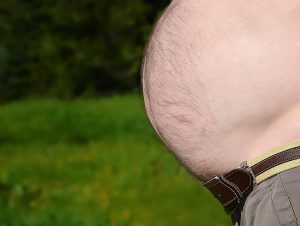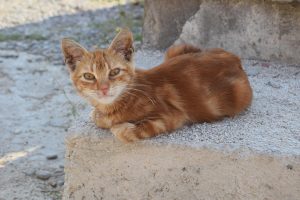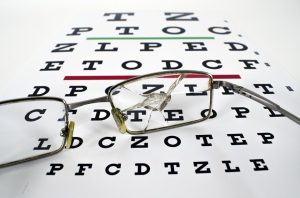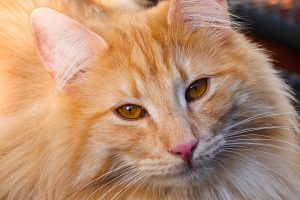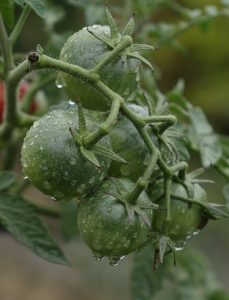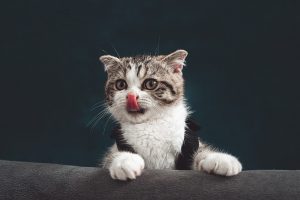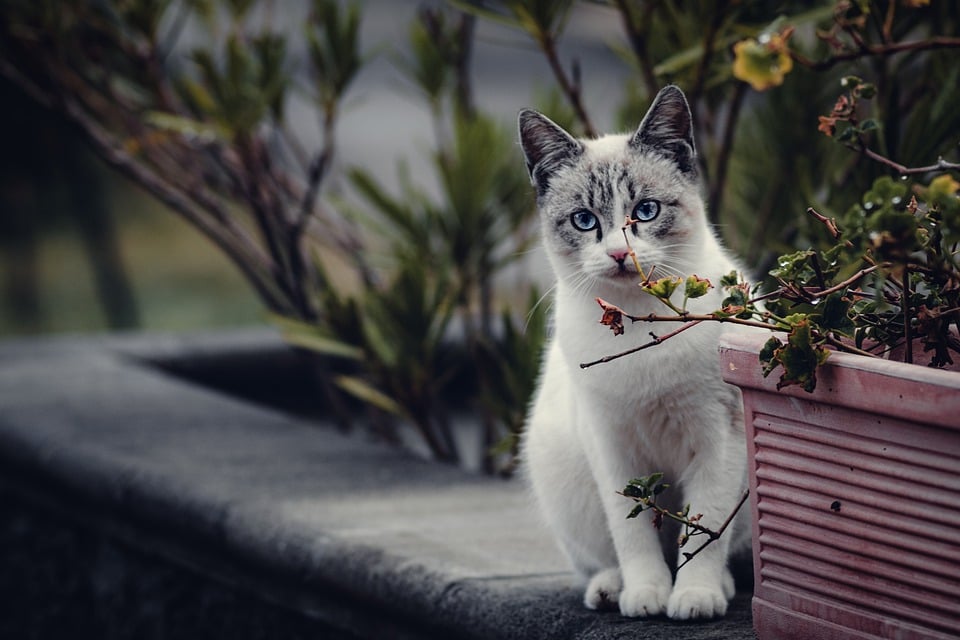
Introduction to Grain-Free Cat Food
Grain-free cat food has become increasingly popular among pet owners who are seeking to provide the best nutrition for their feline friends. This type of diet is often chosen for potential health benefits or due to specific dietary restrictions. However, as with any pet food, it’s important to weigh the pros and cons before making a decision. This article aims to provide both new and experienced cat owners with comprehensive insights into the benefits and drawbacks of grain-free cat food.
Understanding Grain-Free Cat Food
Grain-free cat food is exactly what it sounds like: cat food that does not include any grains. Common grains found in cat food that are avoided in grain-free options include wheat, corn, rice, barley, and oats. Instead of these grains, grain-free cat foods typically use alternative carbohydrate sources like potatoes, peas, or lentils.
Why Do Some Cat Owners Choose Grain-Free?
There are several reasons why a cat owner might choose a grain-free diet for their pet:
- Allergies or Sensitivities: Some cats are allergic or sensitive to grains, which can cause digestive issues or skin problems.
- Natural Diet: Cats are obligate carnivores, meaning their natural diet consists mostly of meat. Some owners believe that a grain-free diet is more aligned with what cats would naturally eat.
- Quality Perception: Many perceive grain-free foods as higher quality due to the emphasis on protein and often premium ingredients.
Pros of Grain-Free Cat Food
Improved Digestion
Grain-free cat foods often contain higher levels of protein and fewer carbohydrates, which can be easier for some cats to digest. Cats have a shorter digestive tract compared to omnivores, so diets high in easily digestible proteins rather than complex carbohydrates can support better digestive health.
Potential Allergy Relief
For cats with grain allergies or sensitivities, switching to a grain-free diet can alleviate uncomfortable symptoms such as itchy skin, excessive grooming, and gastrointestinal distress. This can lead to a better quality of life for the affected feline.
High Protein Content
Grain-free cat foods often contain a higher percentage of protein, which is essential for maintaining muscle mass, supporting growth in kittens, and providing energy. This aligns more closely with a cat’s natural dietary needs as obligate carnivores.
Weight Management
Some grain-free cat foods are formulated to be lower in carbohydrates, which can help in managing weight, especially in indoor or less active cats. A diet lower in carbs and higher in protein can help cats maintain a healthy weight.
Cons of Grain-Free Cat Food
Misleading Marketing
Not all grain-free cat foods are created equal. Some may still contain high levels of carbohydrates from non-grain sources like potatoes or legumes, which do not offer significant nutritional advantages over grains. Pet owners need to be vigilant about reading ingredient labels to ensure they are choosing a truly beneficial product.
Cost
Grain-free cat foods are often more expensive than traditional cat foods. This can be a significant factor for pet owners, especially those with multiple cats or those on a budget. It’s important to weigh the potential benefits against the cost to determine if it’s a feasible option.
Nutrient Imbalance
Some grain-free diets may lack essential nutrients that are typically provided by grains. It’s crucial to ensure that the grain-free food you select is complete and balanced, meeting all of your cat’s nutritional needs as recommended by veterinary guidelines.
Risk of Heart Disease
Recent studies have suggested a potential link between grain-free diets and an increased risk of dilated cardiomyopathy (DCM), a heart disease, in pets. Although the research is ongoing, this is an important consideration for pet owners who are contemplating a grain-free diet for their cats.
Practical Advice for Cat Owners
Consult with Your Veterinarian
Before making any significant changes to your cat’s diet, it’s always a good idea to consult with your veterinarian. They can provide personalized advice based on your cat’s health history, age, weight, and activity level.
Monitor Your Cat’s Health
After switching to a grain-free diet, closely monitor your cat for any changes in health or behavior. Look for improvements in issues like allergies or digestion, but also be vigilant for any potential negative effects, such as changes in energy levels or coat condition.
Choose High-Quality Products
If you decide to go grain-free, select high-quality products from reputable brands. Look for foods that list a high-quality protein source as the first ingredient and avoid those with excessive fillers or artificial additives.
Balance Is Key
Ensure that your cat’s diet is balanced. A good grain-free diet should still provide all the necessary vitamins, minerals, and other nutrients essential for your cat’s health. If unsure, your vet can recommend a suitable supplement or alternative diet.
Conclusion
Grain-free cat food can be an excellent choice for some cats, particularly those with specific dietary needs or sensitivities. However, it’s not a one-size-fits-all solution, and there are potential drawbacks to consider. By consulting with your veterinarian and carefully selecting a high-quality product, you can make an informed decision that supports your cat’s health and well-being.
#ChatGPT assisted in the creation of this article.


